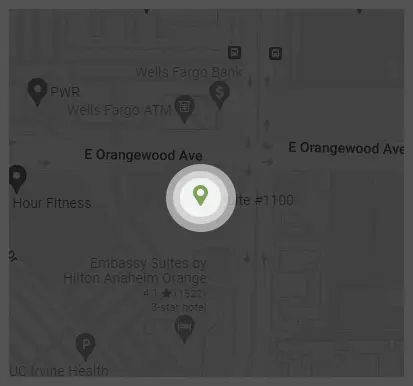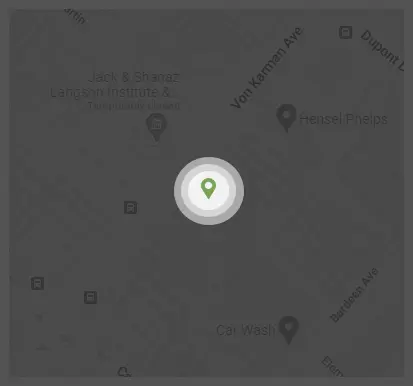Taking on debt is always a risky situation. Say you really stop and think about what it means to take on debt before you do so, you spend the time to calculate out all the numbers, and you’re sure that you’re going to be okay to handle it. But then you get into a car accident a few months after taking on that debt; now, suddenly, all that planning has gone out the window, and you find yourself struggling to keep up with missed payments, late fees, and a plethora of other financial issues.
Thankfully, there are many tools that have been created specifically to help you through this scenario. One of the most powerful tools available is bankruptcy. Many people think of bankruptcy as some sign of failure when really it is a tool that can be manipulated to help protect yourself from creditors and predatory lenders.

In California, there are four common types of bankruptcy that an individual may choose to use. However, even this is a bit misleading. While we’ll look briefly at these four types of bankruptcy, two of them are used far more often than the others: Chapter 7 and Chapter 11 bankruptcy. After our quick look into the four kinds, we’ll take a closer look at Chapter 7 and Chapter 11 bankruptcy to learn more about when each is appropriate and how it works.
What Are the Four Common Types of Bankruptcy in California?
The four common types of bankruptcy in California are as follows:
- Chapter 7: A Chapter 7 bankruptcy is the most common type of bankruptcy for individuals, as opposed to businesses or corporations. It involves the court selling off your assets to raise the funds to pay your creditors. This type of bankruptcy can only be accessed by those who make less than a set amount of money, so it may not be appropriate in your situation, depending on how much you earn.
- Chapter 11: Chapter 11 bankruptcy is used most often by corporations. This is due to the complexity of a Chapter 11 bankruptcy. With this type, the debtor typically gets to keep their assets and continue to operate the business. Instead of selling everything like in Chapter 7, Chapter 11 bankruptcy involves the creation of a plan to pay off creditors. While it is most often used by corporations, it is possible to file a Chapter 11 bankruptcy as an individual.
- Chapter 12: Chapter 12 bankruptcy is used by family farmers. It is a fairly straightforward reorganization of debt. Debt gets reorganized into a more manageable form, and the individual that files gets to keep their property while working on a repayment plan to make things right with their creditors.
- Chapter 13: Chapter 13 is a lot like a Chapter 11 bankruptcy, except it is designed for individuals. So while some individuals may go the Chapter 11 route, it is more likely that an individual would choose Chapter 13. A Chapter 13 bankruptcy is a type of repayment plan wherein your debt is consolidated into a payment plan that will take three to five years to complete. Chapter 13 bankruptcy allows you to keep your property, as well, though a failure to keep up with the repayment plan can result in the loss of said property.
How Does Chapter 7 Bankruptcy Work?
One word that you will often hear when it comes to Chapter 7 bankruptcy is liquidation. You may even hear it referred to as a liquidation bankruptcy. This is because Chapter 7 bankruptcy involves the selling of assets to raise funds to pay off your creditors. This may sound like a bad deal, but it’s actually not necessarily the worst thing in the world.
The worst part is, by far, the selling of your assets. That part sucks; there’s no doubt about that. However, it isn’t nearly as bad as most people think. There are only so many types of assets that can be sold off as part of a Chapter 7 bankruptcy. Plus, if you have the time to plan ahead, you could move assets into a trust or gift them to another person to avoid seeing them sold off. Keep in mind, though, that there are very specific laws about this that your bankruptcy attorney should discuss with you.
The other downside of Chapter 7 bankruptcy is that you can only make use of it if your income is below a certain threshold. This means that it is simply not an option for some people.

The reason that is a downside is that Chapter 7 bankruptcy eliminates your debt. Filing protects you from further claims, certain assets are sold off to pay your creditors, and the remaining debt is typically forgiven.
How Does Chapter 13 Bankruptcy Work?
Chapter 13 bankruptcy, on the other hand, does not forgive debt the way that Chapter 7 bankruptcy does. Instead, Chapter 13 bankruptcy restructures debt into a new form. That is why it is sometimes called a reorganization bankruptcy. The debt is reorganized to make it easier to pay back.
The upside to this is that is does not involve the selling off of assets. Once your debt is restructured, you will have to meet monthly payments for three to five years. One monthly payment that tackles all your debt, instead of a separate payment for each debt owed, can make it much easier to keep up with payments.
Which Bankruptcy Should I Choose?
To pick the type of bankruptcy that is right for you, you should reach out to an experienced bankruptcy lawyer. They will be able to look at the unique circumstances of your situation and help you pick the type of bankruptcy that would suit you best. When it comes to such serious financial advice, you should always seek to get an opinion from an actual human rather than an online blog post like this.

With that said, chances are good that the best bankruptcy for you will be a Chapter 7 or a Chapter 13 bankruptcy. While you could work your way through either of these on your own, you’ll find that it is much easier to handle when you have a bankruptcy attorney on your side.








